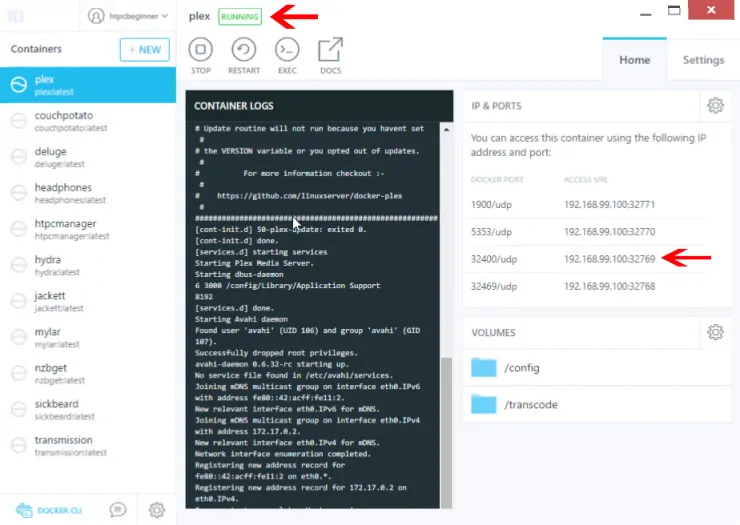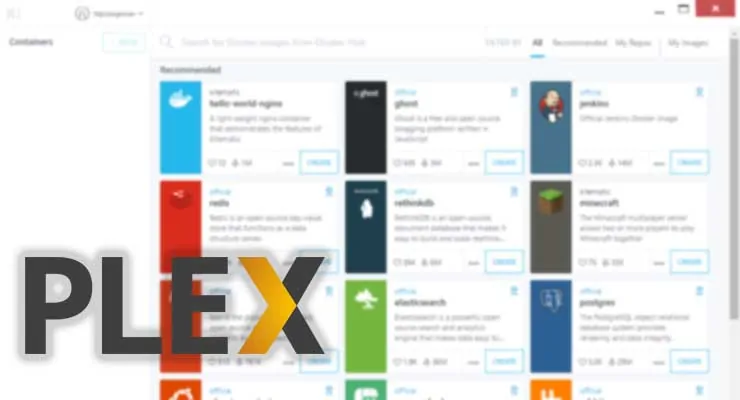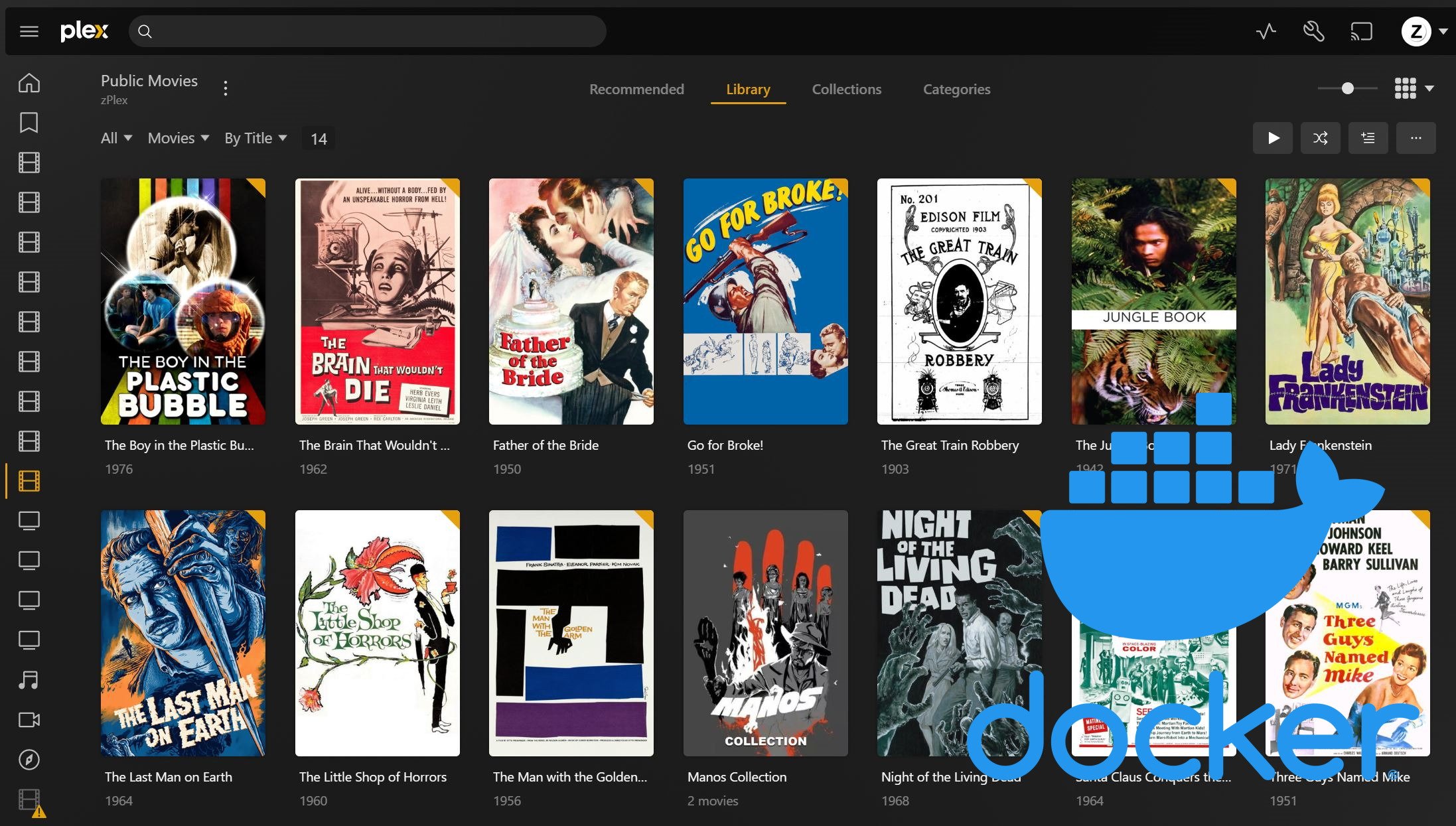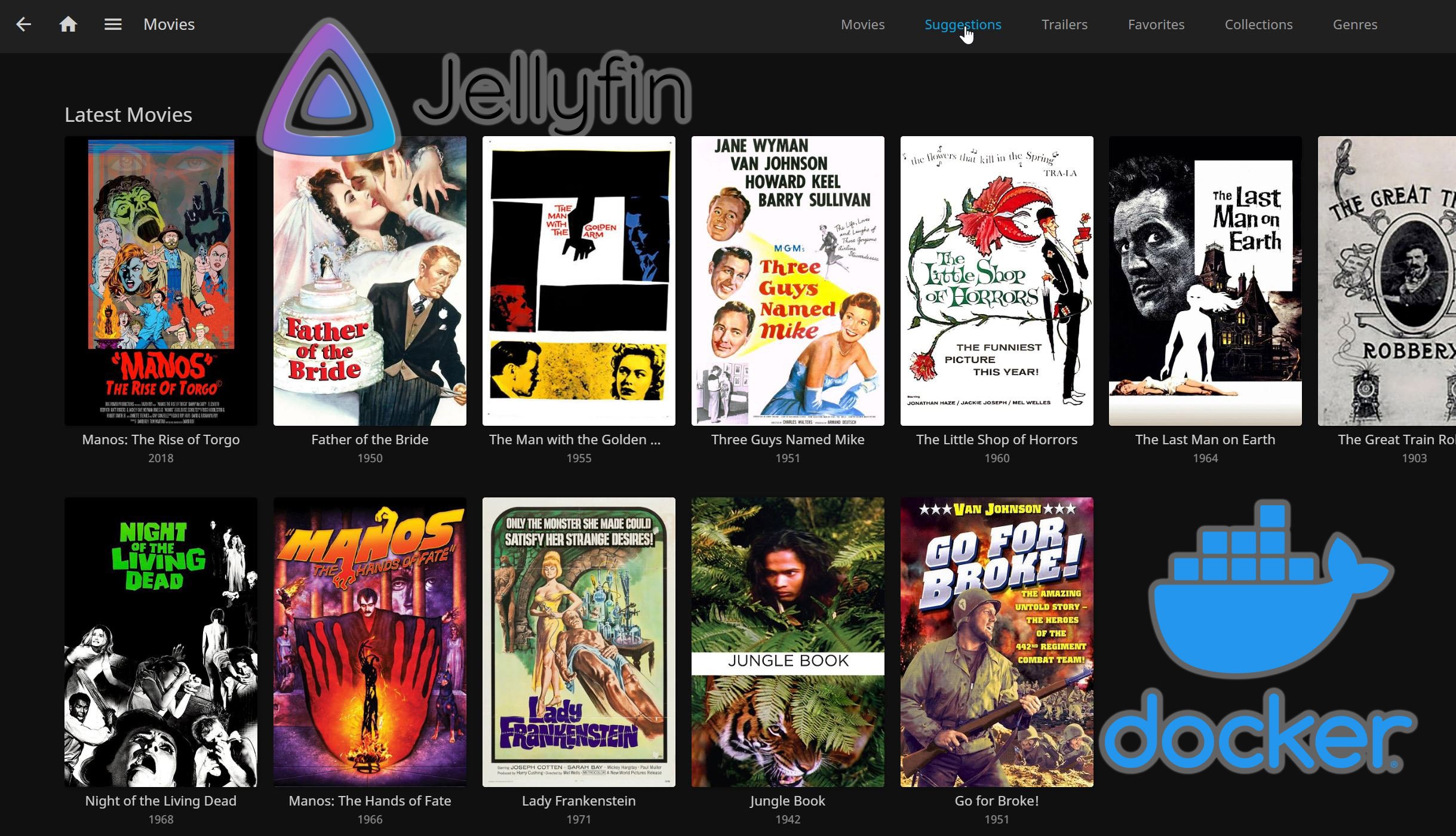We already shown how to install Plex on Docker commandline, which works on all platforms: Windows, Linux, and Mac. For people who don't prefer commandline, we presented Kitematic Docker GUI for Windows. In this post, I will show you how simple it is to install Plex on Docker using Kitematic GUI for Docker engine. Unfortunately, at this point, there is no Kitematic like tool for non-Windows environment. Therefore, you can only install Plex using Kitematic on Windows systems.
Must Read: Docker Media Server Ubuntu: Compose for 23 Awesome Apps
Table of Contents
Install Plex on Docker using Kitematic
If you still do not know about Docker, I strongly recommend our guides on what is Docker and its installation on Windows and Ubuntu. In short, Docker allows installing home server apps such as Plex Media Server as self-contained containers, making it easy to install and manage them. No complicated Plex setup procedures. So, without further ado let's see how to install Plex using Kitematic Docker GUI.
If you have not setup Kitematic yet, follow our Kitematic Windows Guide to set it up first.
Best Plex Client Devices:
- NVIDIA SHIELD TV Pro Home Media Server - $199.99
- Amazon Fire TV Streaming Media Player - $89.99
- Roku Premiere+ 4K UHD - $83.99
- CanaKit Raspberry Pi 3 Complete Starter Kit - $69.99
- Xbox One 500 GB Console - $264.99
1. Search for Plex Docker Hub Container
Once Kitematic is open and connected to your Docker engine. Search for "Linuxserver Plex" in the search box as shown in the picture below.

There are several Plex container images available on Docker hub. We are going to install LinuxServer's container. If you want to see all available Plex containers, search for just "Plex". I typically get the containers with high like and download numbers. LinuxServer's containers are widely used (needo and timhaak are other good ones). You may certainly try other containers. Remember, one of the advantages of Docker is that it isolates containers from the base OS and therefore you cannot damage your OS.
2. Create New Plex Container
Once your figure out which Plex container image you want to use (in this case LinuxServer's), hit the "Create" button as shown in the picture above to install Plex on Docker. The Plex container image will start to download as shown below.

3. Setup Plex using Kitematic
Once Plex Docker Hub container image is downloaded, Kitematic will use the image to create a new container with Plex. Wait for the container setup to complete.

When done, you will see the "RUNNING" status and the Plex access URL and port, as shown in the picture above.
4. Setup Docker Volumes for Plex
You want Plex to be able to transcode videos. By default, Docker containers will save any data in the containers folder in C Drive and Plex won't have access to folders outside that. This may or may not be the right place or have enough space, depending on your situation. But you may have a specific transcode folder outside C Drive. Hit the "CHANGE" button and setup the path for "transcode" (where Plex stores video transcodes) folder, as shown below.

Do not setup a folder for "config" as this often leads to Plex database corruption. Once done, hit "RESTART" for the new settings to take effect.

5. Change Plex Port Number
Before accessing Plex, I recommend changing MAC IP:PORT. Under Settings -> Ports for the Plex container, you can change the access port to the default port number or anything of your liking. If I let Docker decide the port number, I noticed that sometimes the container does not start, possibly due to port conflicts. While manually changing, if you choose a port number that is already being used by another service, Kitematic will notify you. You will then have to choose a different port number. In this case, I set the MAC IP:PORT to the same as DOCKER PORT for Plex (ie. 32400). This allows you to set port forwarding on your router and access Plex from outside your home network. In addition, I also had to manually change the port type from UDP to TCP on the same window. Make sure to save and restart your container after making the port change.
Access Plex Container on Docker
You may then access Plex on your web browser using the URL or Link displayed in the "Home" tab or under "Ports".
If Plex opens up in your browser as shown above, you are all set. Notice how much more simple it is to setup Plex using Kitematic than commandline? Now you can go ahead stream your media from the server to other devices. If you have Kodi, you can now combine Plex and Kodi using PlexKodiConnect. Sounds exciting? Go ahead install Plex on Docker using Kitematic GUI and make your home server better.




![[Video] Install Docker and Docker Compose on Ubuntu - Don't Do It WRONG Video Thumbnail: Install Docker on Ubuntu (with Compose) – Don't Do It WRONG](https://www.smarthomebeginner.com/images/2023/03/install-docker-on-ubuntu-with-co-1.jpg)



